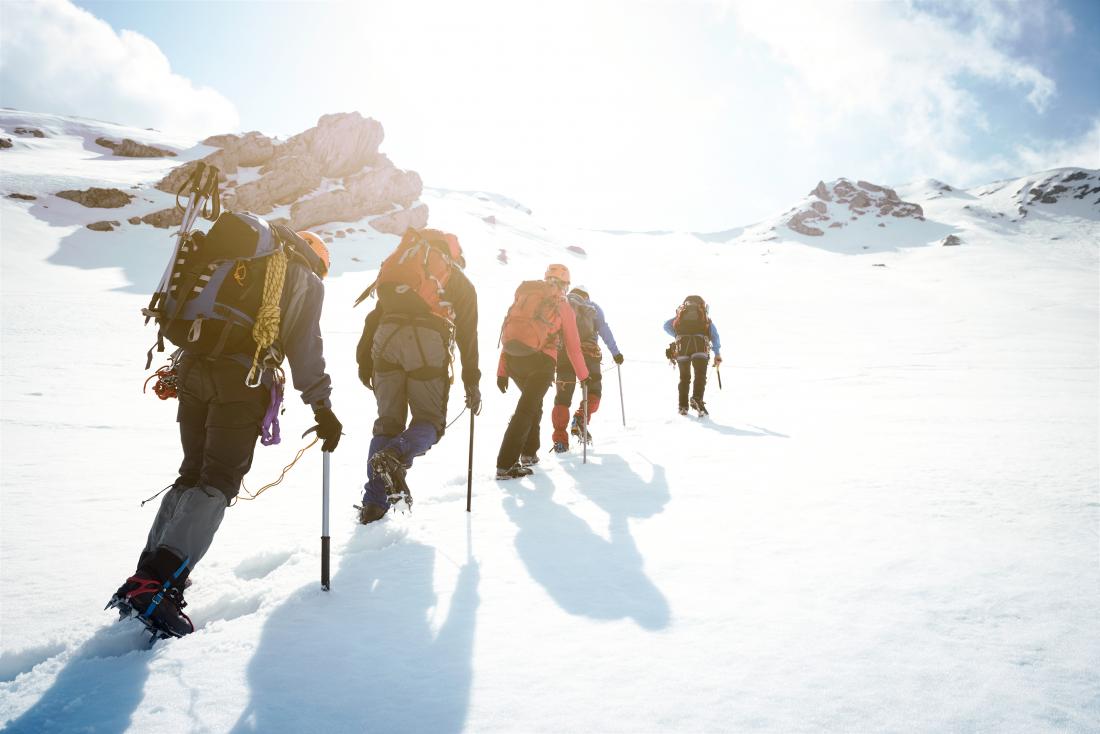Nosebleeds are very common and rarely harmful. The blood clot that forms can vary in size depending on how much blood is present.
The blood clot may come out when removing tissues from the nose, but it can stay there for longer. It is possible to remove a blood clot by gently blowing the nose when the nosebleed stops.
This article discusses the causes and treatments for nosebleeds with clots.
Trauma

Sustaining a blow to the face is a common cause of a nosebleed.
Physical trauma is one of the most common causes of a nosebleed.
Several types of trauma can cause a nosebleed, including:
- nose picking
- pushing an object into the nose
- sustaining a blow to the face
- improper use of nasal sprays
- insufflation, one example of which is snorting a substance or a drug into the nose
Trauma to the nose can burst the small blood vessels that line the inside of it, causing blood to leak out.
The most common type of nosebleed that results from trauma is an anterior nosebleed. These can occur when trauma causes the blood vessels in the lower portion of the septum to burst. The septum is a thin wall of cartilage that separates the nostrils.
In most cases, a nosebleed does not require any specific treatment. When a nosebleed occurs, a blood clot will form to prevent excessive bleeding from the vessels. In most cases, the body itself will start to repair the blood vessels that are causing the nosebleed.
As the blood clot forms, it may be helpful to stop blood from leaking out of the nose. This will speed up the formation of the clot and prevent additional blood loss.
It is possible to stop a nosebleed by following these three steps:
- Lean forward so that the head tilts just in front of the chest. This will prevent blood from running down the throat.
- Gently pinch the soft parts either side of the nose together with two fingers to stop blood leaking out.
- Hold this position for around 10 minutes and wait until the blood stops leaking. If blood is still leaking after this, keep applying gentle pressure to either side of the nose for a further 10 minutes. Repeat until it stops bleeding completely.
If the blood clot is blocking air from passing through the nose, gently blow it out. It is best to wait until the bleeding stops completely before blowing out the blood clot.
Allergies and sinusitis
Another common cause of nosebleeds is inflammation in and around the nose.
Allergies can cause inflammation in the nasal passages. This is known as rhinitis. Sinusitis, wherein inflammation affects the sinuses, is a similar condition. In both cases, the inflammation can lead to bleeding from the nose.
These conditions can also cause congestion in the nose. Congestion dilates blood vessels, which makes them more vulnerable to damage and further increases the risk of a nosebleed. The same is also true for other conditions that cause congestion, such as a cold.
If one of these conditions is the cause of the nosebleed, people can follow the same three steps as above to help stop it. That being said, irritation or congestion in the nose can make it less comfortable to apply the pressure and stop the bleeding.
It may also make it harder to breathe if the blood clot is large. A person may wish to focus on trying to breathe through the mouth, and they should avoid applying too much pressure to the nose.
People should also avoid clearing mucus from the nose by blowing or picking it. It is better to use a nasal spray or inhale vaporized water to manage congestion after a nosebleed.
The best method of dealing with these types of nosebleed is to treat the underlying cause. For example, antihistamines are useful for treating nasal allergies.
Dry environment

Nosebleeds are more likely to occur at high altitudes where the air is drier.
Very dry environments can cause nosebleeds. These conditions can cause the inner lining of the nose to dry out and crack. This can burst blood vessels in the nose and lead to a nosebleed.
For example, a nosebleed can occur due to being in a dry, heated room. These types of nosebleed are common during the winter months. It is also possible for these nosebleeds to occur at high altitudes, as the air is drier.
Following the same three steps, it is possible to stop the nosebleed. This will allow a blood clot to form and the body to repair damage to the blood vessels.
However, a person may experience another nosebleed if they remain in that environment. Using a humidifier will reduce the dryness of a room and can help prevent additional nosebleeds.
At high altitudes, it may help to apply a gentle moisturizing cream to reduce dryness.
Deviated septum
A deviated septum occurs when the nasal septum has an abnormal shape or position. They can occur from birth or as a result of sustaining an injury to the nose.
A deviated septum can limit airflow into one of the nostrils. This can cause the skin inside the nostril to become dry and cracked, increasing the risk of damage to blood vessels.
Another symptom of a deviated septum is congestion, which can also increase the risk of nosebleeds.
It is possible to stop nosebleeds that occur due to a deviated septum, but they may keep happening.
People may be able to reduce congestion using nasal sprays and decongestant medication. However, the only permanent solution is undergoing surgery to correct the septum.
Certain types of medication
Medications that thin the blood, or anticoagulants, can increase the likelihood of nosebleeds. Nonsteroidal anti-inflammatory drugs are another form of medication that can increase the risk of nosebleeds.
These medications increase the risk of nosebleeds because they affect how the body forms blood clots. For this reason, these types of nosebleed may last longer, as the body cannot form a clot as quickly.
If the bleeding does not stop, it may be necessary to seek medical attention. A healthcare professional can seal the damaged blood vessels or use medication to stop the blood leaking.
When to see a doctor

A person should seek medical attention if their nose is still bleeding after 30 minutes.
In most cases, nosebleeds are not serious and do not require medical attention.
However, if the bleeding does not stop after 30 minutes, see a doctor immediately. It is also necessary to see a doctor if the nosebleed occurs with other symptoms, including:
- very heavy bleeding that is leaking down the throat
- high blood pressure
- lightheadedness
- chest pain
- elevated heart rate
Summary
Nosebleeds occur when the blood vessels in the nose burst, which allows blood to leak out.
The body will usually form a blood clot to stop the bleeding and repair the damage. Trauma is a common cause of nosebleeds, but they can also occur in people who have allergies or sinusitis.
Most nosebleeds are not harmful, but it is important to see a doctor if it lasts more than 30 minutes or occurs alongside other symptoms, such as chest pain.
